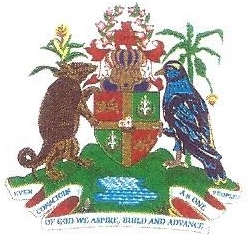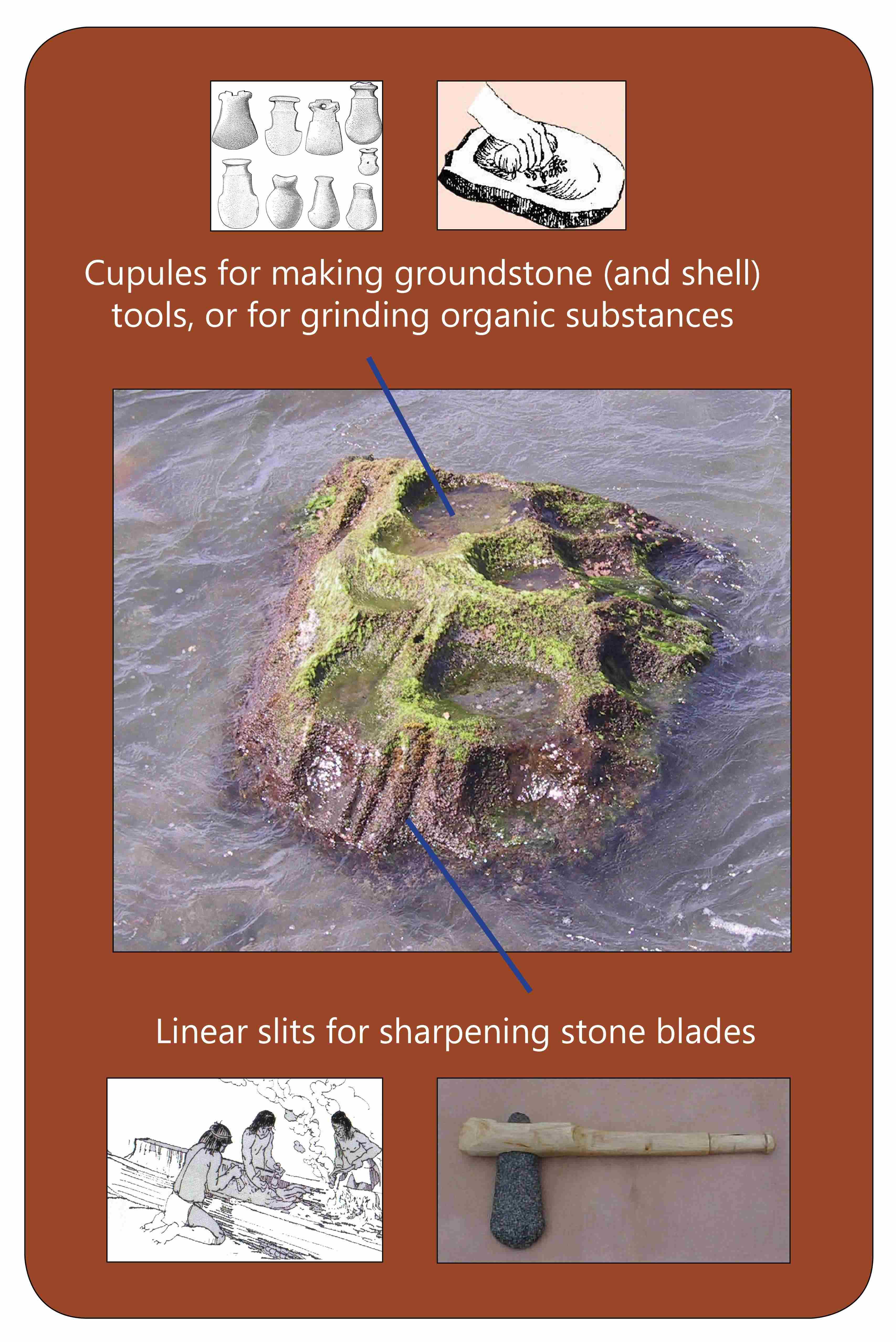PETROGLYPH PATH TOUR
Petroglyph Path is a rock art trail up the western side of Grenada
The Official PetroglyphPath brochure
Brochure for the Mt. Rich 'Carib Stone' Interpretation Center
Mt. Rich Tours (MYCEDO)
Tour Operators
Funded by the Grenada Ministry of Tourism, the Fulbright Commission of the US Embassy, and the Africana Research Center at the Pennsylvania State University
For more background to the project, see this blog post.
Duquesne Islandscape
At Duquesne Point (just south of the Duquesne Petroglyphs), the "Islands on the Horizon" sign was analyzed using a viewshed tool in a geographical information system (GIS)
_reduced.jpg)
(Click the image to view a larger version)
In this viewshed image, the green dot is Duquesne Point and all areas within view of that point are shaded in green (anything not visible is shaded in red)
This same view was also featured on Louis de la Rochette's (1784) map of the West Indies:

Rochette's entire 1784 map can be found at the US Library of Congress
ARCHAEOLOGY
For more on Grenada's archaeology, visit GrenadaArchaeology.com
.jpg)
.jpg)
.jpg)
.jpg)
.jpg)
.jpg)
.jpg)



.jpg)

_reduced.jpg)
